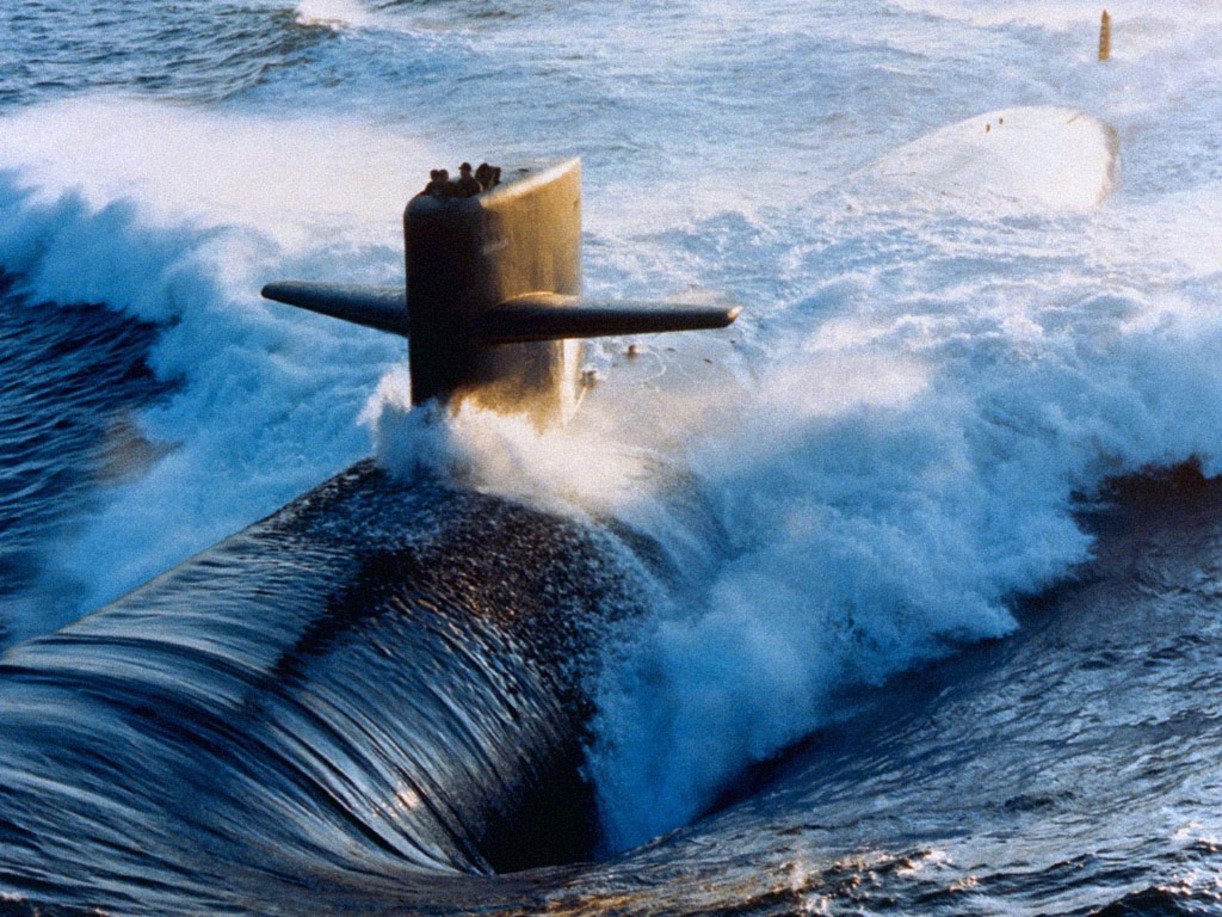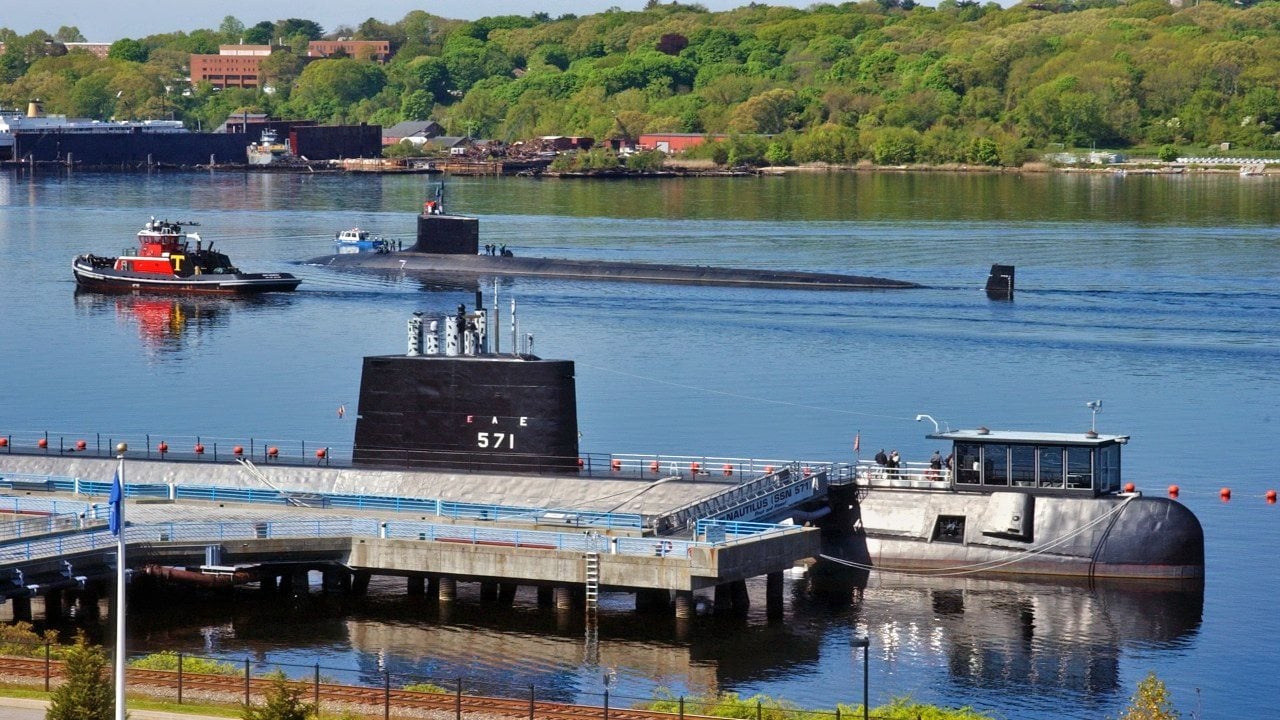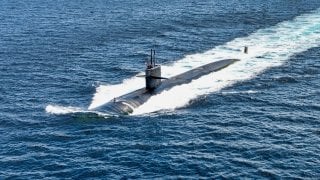'Uncovered Manhole': The Reason A Navy Nuclear Attack Submarine Sank
China’s recent submarine mishap, where a nuclear-powered attack sub sank in port, evokes memories of the USS Guitarro incident in 1969. The Guitarro, a Sturgeon-class nuclear submarine, sank during construction due to a series of communication failures between two civilian teams, leading to severe flooding.
What You Need to Know: China’s recent submarine mishap, where a nuclear-powered attack sub sank in port, evokes memories of the USS Guitarro incident in 1969. The Guitarro, a Sturgeon-class nuclear submarine, sank during construction due to a series of communication failures between two civilian teams, leading to severe flooding.

-Although no lives were lost, the mishap caused substantial financial damage and delayed the sub’s commissioning by 32 months. The incident prompted the U.S. Navy to overhaul safety protocols in shipyards.
-China’s blunder serves as a reminder that human error can threaten even the most advanced naval operations, underlining the need for strict safety measures.
Submarine Mishaps: From China's Latest Blunder to the USS Guitarro Disaster
China’s new nuclear-powered attack submarine has been making quite a, shall we say, splash international news headlines for the last several days.
Not in the way that Beijing hopes it would, though.
You see, the Wall Street Journal reported—and the Pentagon has since confirmed—that earlier this Spring, the Chinese submarine sank while in port in Wuhan. It is believed to have sunk because of human error. Everyone has rightly had quite a laugh at China’s expense.
But this isn’t the first time someone has done a boneheaded move, such as leaving a hatch open. This happened to an Indian submarine not long ago. More importantly, though, it happened to an American submarine. Granted, it was a while back. Way back on May 15, 1969, to be precise. Despite it being such a far-off date from today, it’s important to remember the USS Guitarro incident.
It is ranked as one of the most bizarre and important—yes, important—mistakes in the history of the US Navy’s nuclear submarine fleet.
What Happened?
The Guitarro was a Sturgeon-class nuclear-powered attack submarine (this was the Navy’s primary class of attack submarine just before the Los Angeles-class submarine came into the picture). While she was still under construction, the Guitarro sunk at the Mare Island Naval Shipyard in California. A comedy of human errors revolving around the management (or, rather, the mismanagement) of the submarine’s ballast tanks led to the sub’s sinking.
Thankfully, no lives were lost and the nuclear reactor was not compromised. But it did lead to significant delays in the Guitarro’s commissioning—by some 32 months! During the Cold War, that was a significant loss for the Navy that was in a global cat-and-mouse game against the Soviet Union.

Two civilian teams were behind the sinking of this boat. One civilian team of engineers needed to fill the ballast tanks with water. At the same time, the other group of civilian engineers were attempting to correct the submarine’s trim by adding water to the forward ballast tanks. Neither team was aware of what the other was doing.
So, naturally, they created an imbalance. The forward section was brought too low beneath the surface so that when wakes from passing boats washed over the hull, water got into the submarine through an open manhole.
The submarine ultimately sank by the bow as a result of the flooding.
Because the two teams of civilian engineers lacked adequate communication between them, the Navy needed to implement better communication protocols in high-tech, high-risk environments. New safety protocols, such as covering all openings on the submarine—even at the risk of inconveniencing maintenance workers—needed to be implemented, too.
Submarine Lessons Learned
After all, the financial impact of this incident was substantial. Repair costs ultimately exceeded the costs of a new submarine at that time. The Navy ultimately reviewed and altered its protocols at all shipyards, emphasizing the need for integrated management systems where the actions of multiple maintenance teams that affect a vessel’s stability can be tracked in real-time by all the teams involved in the operation.

While the Guitarro incident has faded from the public’s memory, it is important to remember it. China’s recent experience with human error in their submarine maintenance operations is a reminder that it can happen to any Navy on the planet.
Without proper protocols for protecting the submarine even during routine maintenance, the risk is great that the submarine could be lost due to human error. And, when dealing with nuclear-powered subs, the risk of nuclear spills that affect the surrounding environment becomes even greater.
Author Experience and Expertise: Brandon J. Weichert
Brandon J. Weichert, a National Interest national security analyst, is a former Congressional staffer and geopolitical analyst who is a contributor at The Washington Times, the Asia Times, and The-Pipeline. He is the author of Winning Space: How America Remains a Superpower, Biohacked: China’s Race to Control Life, and The Shadow War: Iran’s Quest for Supremacy. His next book, A Disaster of Our Own Making: How the West Lost Ukraine, is due October 22 from Encounter Books. Weichert can be followed via Twitter @WeTheBrandon.
All images are Creative Commons or Shutterstock.
From the Vault
Russia Freaked Out: Why the U.S. Navy 'Unretired' the Iowa-Class Battleships
Battleship vs. Battlecruiser: Iowa-Class vs. Russia's Kirov-Class (Who Wins?)


